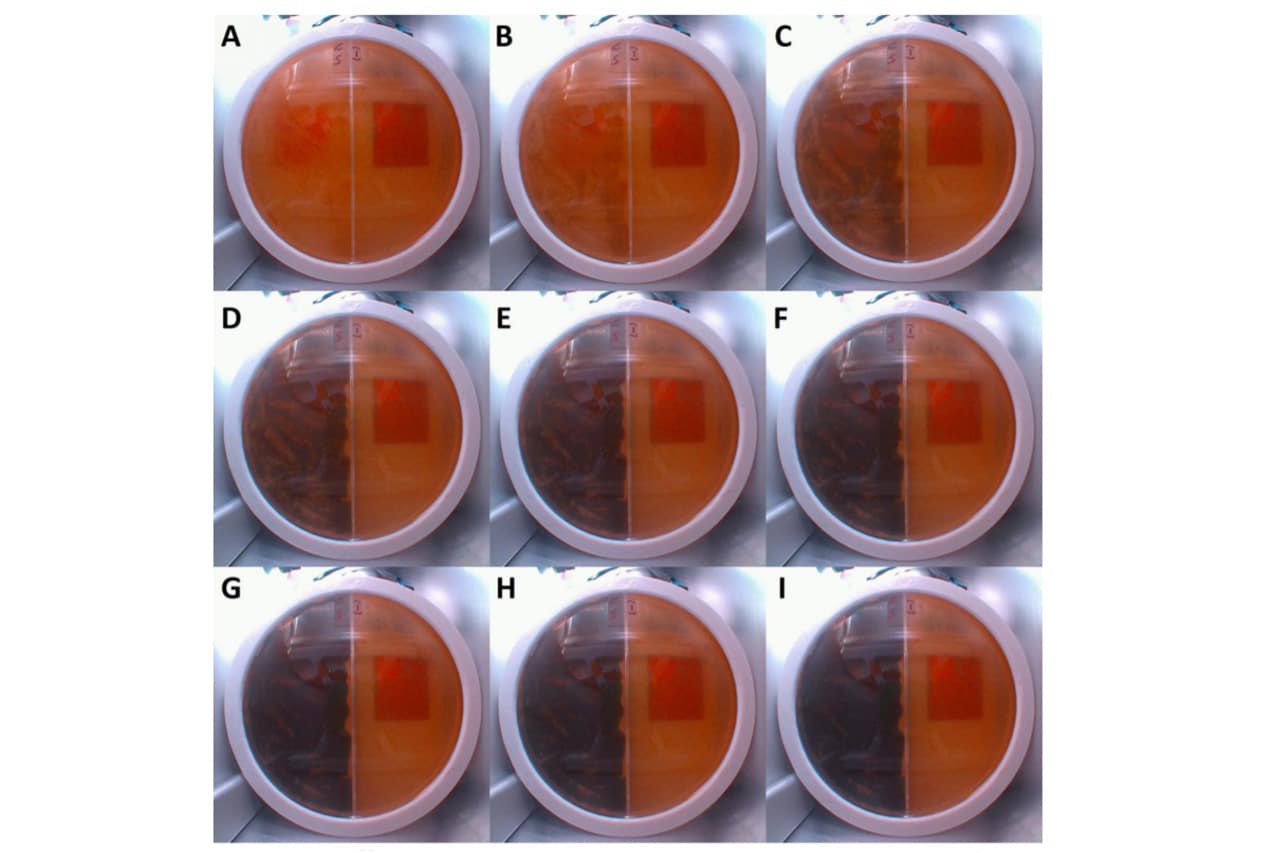
The greatest hazard for humans on deep-space exploration missions is radiation. It is known that once in outer space, a person is exposed to several times more radiation than on Earth. Exposure to cosmic rays poses a serious risk to the health of astronauts leaving the protective atmosphere of Earth. Protective shields can currently be made of stainless steel and other materials, but they must be shipped from Earth, which is difficult and expensive.
A solution to this problem was proposed by the American researchers Graham K. Shunk and Xavier R. Gomez. Their new study indicates that a radiation-absorbing fungus found at the high-radiation environments on Earth, such as Chernobyl nuclear reactor, could absorb harmful cosmic radiation on the International Space Station and could potentially be used to protect future colonies of Mars.
The fungi, called Cladosporium sphaerospermum, is able not only to absorb ionizing gamma radiation with the help of melanin pigment but also to use it to produce its own biomass in the process of radiosynthesis. Shank and Gomez suggested that a layer of this type of fungi could be an excellent anti-radiation shield for space travelers and Martian colonists.
In December 2018, researchers placed a petri dish containing the fungi (Cladosporium sphaerospermum) aboard the ISS for 30 days and analyzed its ability to block radiation. One side of the dish was inoculated with mushrooms, and the other was a control containing no fungi. Underneath the petri dish was a radiation detector.
During the study, they found that a layer of fungus only 2 millimeters thick absorbed almost 2% of the cosmic radiation that hit it during its stay in space. The young scientists estimated that a 21 cm thick layer of Cladosporium sphaerospermum would be enough to effectively protect people from harmful radiations in space.
The mushroom cannot be grown outdoors on Mars because it is too cold, but it may be possible to incorporate it within the walls of isolated buildings. People on Mars should also find a way to water the mushroom, potentially using water extracted from ice at the poles. Another option would be to extract the melanin pigment that the fungus uses to convert gamma-radiation into chemical energy and incorporate it into the spacesuit fabric or other materials.
Such bioprotection would have many advantages. A self-healing, self-replicating shield protective shield can be grown on-site from a sample weighing only a few grams, rather than carrying a lot of consumables like aluminum or stainless steel. Even in case of damage, the mushroom-inspired radioactive screens will be able to grow back in a few days.
The results are really good, but there are some technical challenges that need to be addressed before the mushroom can be used as an anti-radiation shield.
Journal Reference:
- A Self-Replicating Radiation-Shield for Human Deep-Space Exploration: Radiotrophic Fungi can Attenuate Ionizing Radiation aboard the International Space Station. DOI: 10.1101/2020.07.16.205534